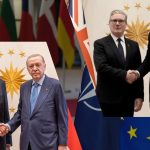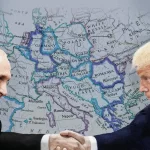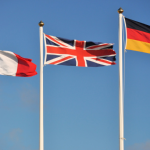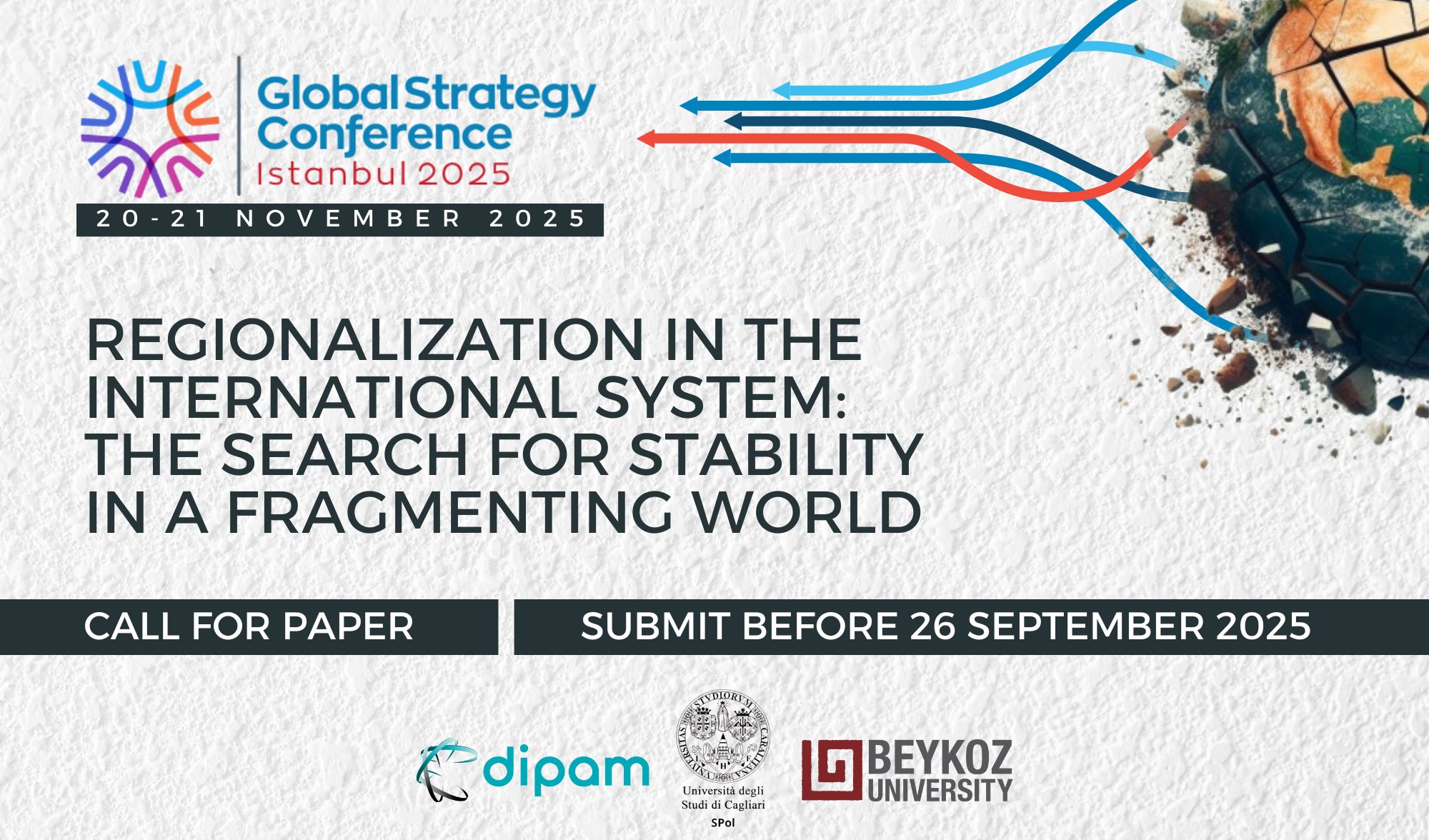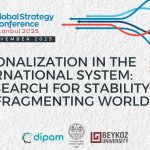On August 15, 2025, in Anchorage, Alaska, will the face-to-face summit between U.S. President Donald Trump and Russian President Vladimir Putin be a diplomatic gain for Europe—or a fiasco?
Background and Content of the Summit
The summit, scheduled for August 15 at Joint Base Elmendorf–Richardson, will be significant as the first meeting between U.S. and Russian leaders to take place on U.S. soil. The primary agenda of the talks is a possible ceasefire and peace agreement for the Russia–Ukraine war.
However, the summit’s format is also controversial: Trump and Putin will begin with a one-on-one meeting accompanied only by interpreters, followed by a session with a broader delegation, and finally a press conference. This atmosphere recalls past secretive and symbolic summits—such as Helsinki 2018—evoking concern among both Europeans and Americans.
Europe’s Security Policy and Relations with the United States
European defense policy aims to strengthen the collective defense mechanism against the Russian threat. Yet, ahead of this summit, Europe has been criticized for failing to develop a more unified security approach. Some even compare the current situation to the passive policies before World War II, warning of “the cost of inaction.” Moreover, the summit’s occurrence has made it urgent for Europe to redefine its “security guarantees,” with a particular focus on how collective defense will be shaped for Ukraine.
Europe wishes to maintain its traditional close alliance with the United States. However, there is debate that Trump seeks to “reshape the international security architecture” through this summit. While it opens a direct diplomatic channel between Washington and Moscow, the summit also carries the risk of sidelining Europe from the negotiations. Furthermore, Trump’s reported suggestions for Ukraine to cede or exchange territory have raised alarm among European leaders.
Before the summit, Europe’s role was largely limited to actions already on the agenda: some leaders called on Trump to organize the meeting in dialogue with Ukraine and Europe. For example, Macron praised Trump’s ceasefire ambitions while, at the same time, articulately highlighting Europe’s concerns, criticisms, and perspectives—down to the location and topics of the talks. Similarly, Keir Starmer, after meeting with Zelensky, announced that Europe’s “security guarantees” proposal could also be endorsed by the United States.
European leaders responded quickly; the EU’s foreign affairs apparatus established video conferences and emergency communication channels. Yet, for Europe to be effective at the summit, it must still transition from crisis management to strategic partnership. The warning that “Alaska 2025 must not become another Munich 1938 or Yalta 1945” has been circulated as a clear message, particularly by European civil society organizations and think tanks.
Relations with Russia: A Gesture, But Is It Trustworthy?
Statements from the Russian Foreign Ministry emphasize that the summit will be conducted “in line with national interests.” The Kremlin hopes the meeting will not only carry symbolic importance but also reopen the door to diplomacy with the United States. There are also interpretations suggesting that Putin views U.S. efforts to end the war in Ukraine as “sincere.”
However, a strong counterview holds that Putin is merely trying to buy time and consolidate his current gains, with no genuine intent for peace. Thus, the summit has the potential to serve as Russia’s “first step out of international isolation under the mask of dialogue.”
Conclusion: Time for Europe to Build Its Own Geopolitical Weight
The Trump–Putin meeting in Alaska is accelerating Europe’s confrontation with a long-postponed reality: if the continent continues to entrust its security to the diplomatic will of others, it will steadily lose the ability to determine its own destiny. This summit is not only a display of power between the United States and Russia but also a mirror reflecting Europe’s place in the global system.
As U.S. political priorities fluctuate, Russia’s strategic patience and influence politics remain steady. In this context, Europe faces three fundamental strategic tests: the courage to expand its military capacity, the ability to form a unified diplomatic voice, and the political leadership to turn crises into opportunities. If the Alaska table becomes merely the bargaining arena of two leaders, Ukraine and European security will remain little more than byproducts of that negotiation.
Therefore, Europe has only two options: either accept an empty chair at the negotiating table, or construct its own security and foreign policy architecture and step onto the stage with its full weight. The latter path may bring short-term diplomatic tensions and costs, but in the long run, it can transform Europe from a passive observer into an active center of power.
The Alaska summit is not a final exam for Europe, but it is a critical threshold testing its strategic reflexes. The response given here will define not only Europe’s geopolitical position but also its historical role for the next decade.


